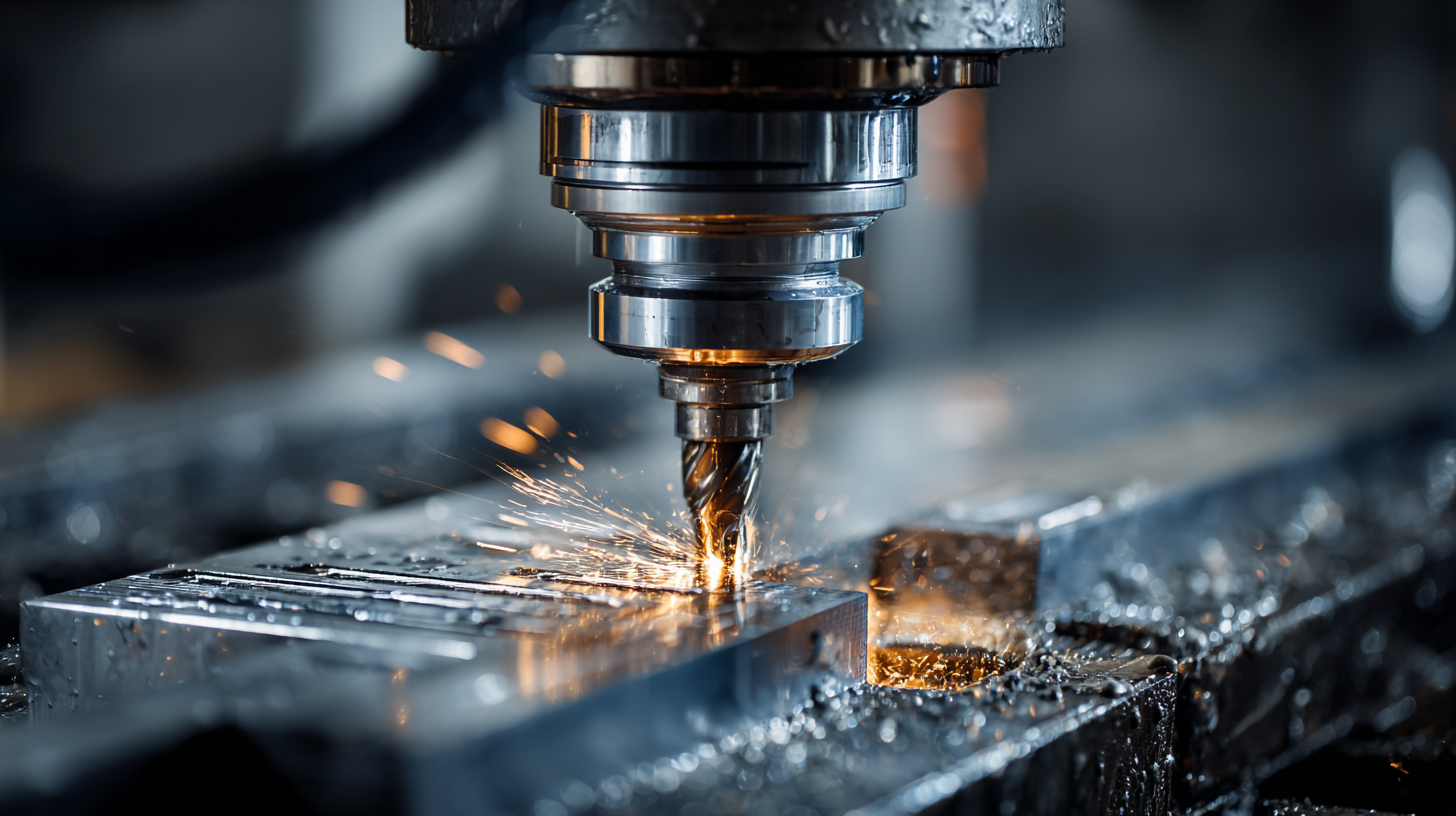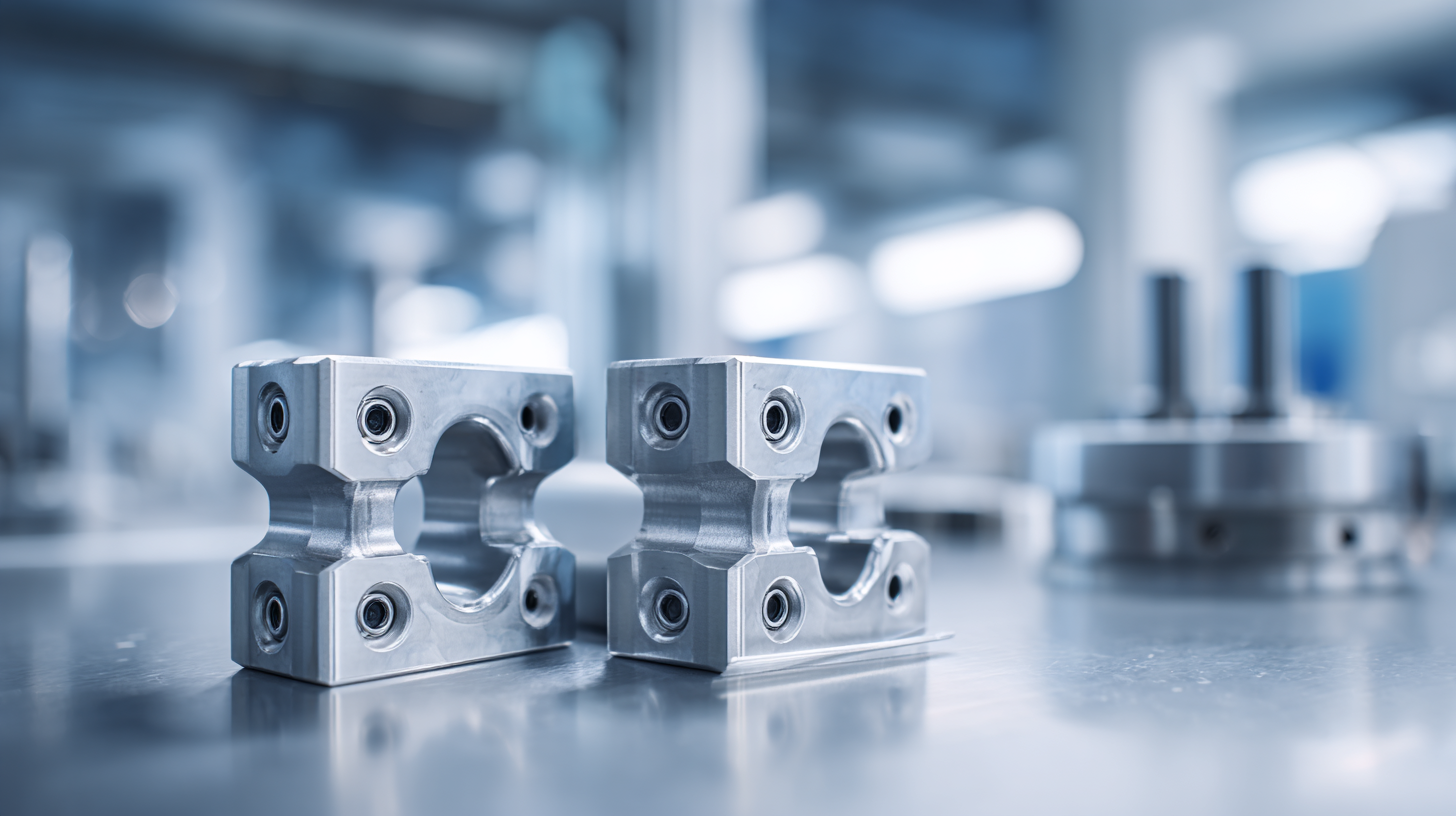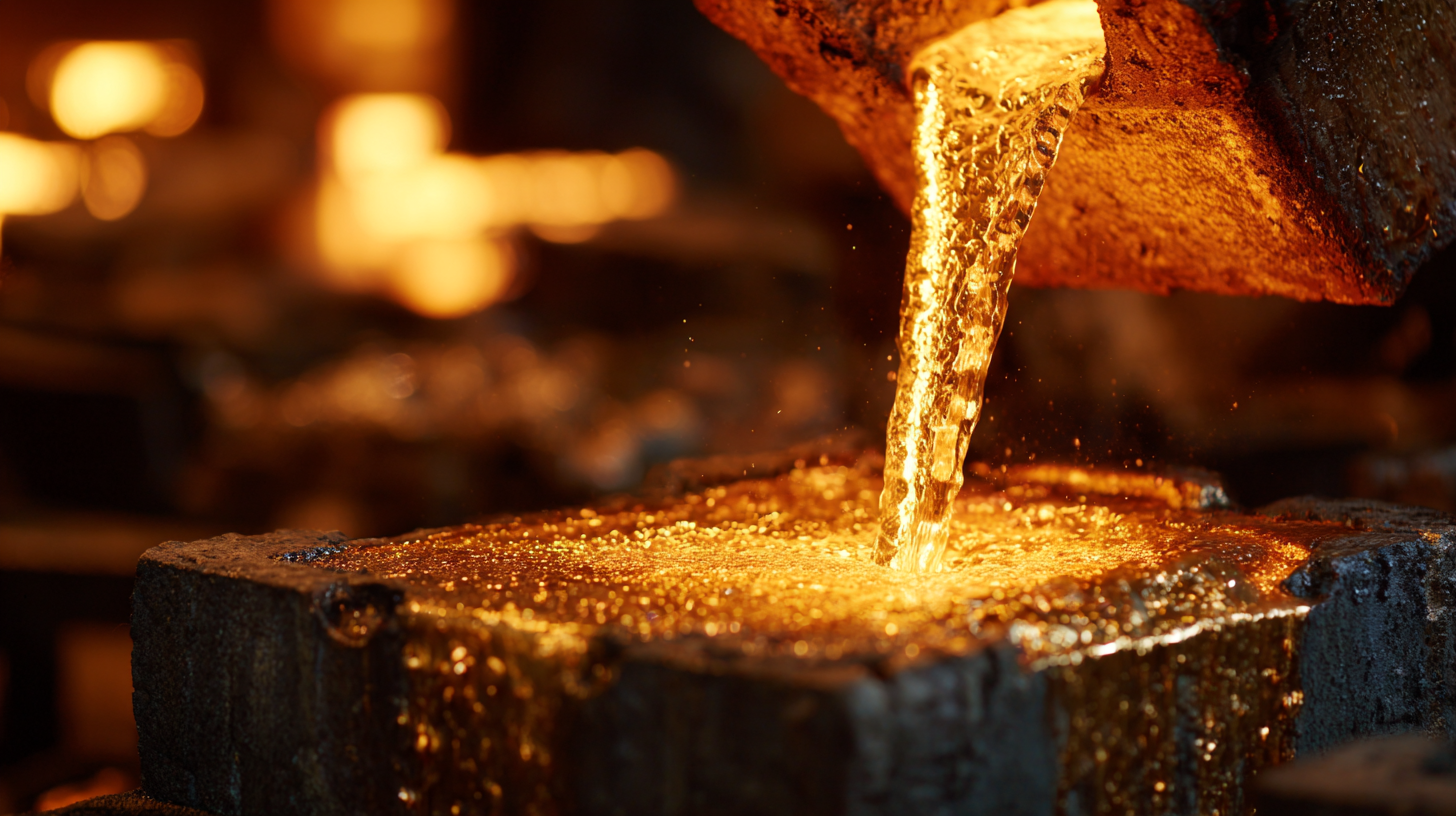As the manufacturing landscape continues to evolve, the importance of Precision Casting solutions in global procurement trends cannot be overstated. According to a recent industry report by MarketsandMarkets, the global precision casting market is projected to reach $34.8 billion by 2025, growing at a CAGR of 5.4% from 2020. This growth is driven by advancements in technology and increasing demands for high-quality, complex components across various sectors including aerospace, automotive, and healthcare. The integration of digital tools and smart manufacturing practices is further transforming the precision casting process, enabling suppliers to offer more efficient, cost-effective, and scalable solutions. In this blog, we will explore the key insights and innovations shaping the future of precision casting, highlighting the top solutions that are poised to revolutionize procurement strategies on a global scale.

The world of precision casting is undergoing a significant transformation, driven by emerging innovations that are reshaping global industries. As manufacturers increasingly seek efficient and sustainable solutions, advancements in materials and techniques are becoming crucial in meeting the demands of modern procurement trends. Recent developments such as digital casting, 3D printing integration, and the use of advanced alloys are revolutionizing how industries approach design and manufacturing processes.
**Tip: Explore the potential of additive manufacturing in precision casting.** This technology not only reduces lead times but also allows for the creation of complex geometries that were previously impossible with traditional methods. Implementing such innovations can enhance product performance while minimizing waste, a key consideration for environmentally responsible sourcing.
Furthermore, the rise of automation in the precision casting sector is streamlining operations and improving quality control. Automated systems can rapidly produce high-quality castings, ensuring consistency and reducing labor costs.
**Tip: Evaluate the cost-effectiveness of integrating automation in your casting processes.** By doing so, companies can maintain competitiveness while adapting to the fast-evolving landscape of global procurement. Adopting these technologies not only meets current market demands but also paves the way for future advancements in precision casting.
| Industry | Innovation Type | Material Used | Production Efficiency (%) | Sustainability Score (out of 10) |
|---|---|---|---|---|
| Automotive | 3D Printing | Aluminum Alloy | 85 | 8 |
| Aerospace | Vacuum Casting | Titanium Alloy | 92 | 9 |
| Electronics | Investment Casting | Stainless Steel | 80 | 7 |
| Medical Devices | Sand Casting | Carbon Steel | 75 | 6 |
| Construction | Die Casting | Cast Iron | 78 | 5 |
Precision casting has emerged as a pivotal technology in automotive manufacturing, redefining how components are produced and integrated into vehicles. With the increasing complexity of automotive designs and the demand for lightweight materials, precision casting offers unparalleled accuracy and efficiency. This method allows for the creation of intricate geometries that are essential for modern automotive applications, from engine components to structural parts, fostering innovation and performance enhancement in the industry.
As global procurement trends shift towards sustainability and cost-effectiveness, precision casting stands out for its ability to reduce material waste and improve production timelines. The technology supports the automotive sector's transition towards electric and autonomous vehicles, as manufacturers seek methods that not only meet stringent safety standards but also lower operational emissions. The market for precision casting in automotive manufacturing is projected to grow significantly, reflecting its integral role in meeting both consumer expectations and environmental mandates in the coming years.
The transformative effects of precision casting on aerospace procurement are becoming increasingly evident as the industry adapts to the demands of modernization. Precision casting techniques allow for the creation of highly complex components with exceptional accuracy, significantly reducing weight and enhancing performance in aircraft design. As companies strive for innovation, the ability to source lightweight, durable parts quickly and cost-effectively is reshaping procurement processes in aerospace.

Amidst these changes, the strategic realignment initiatives within the U.S. Army are reshaping its procurement landscape. Emphasizing precision fires and autonomy, the Army’s 2025 restructuring underscores the importance of agile supply chains capable of delivering advanced materials and components.
Precision casting stands out as a key solution for meeting these needs, enabling manufacturers to respond swiftly to evolving requirements while maintaining the highest standards of quality and reliability. This alignment between manufacturing capabilities and defense procurement not only enhances operational efficiency but also fosters a new era of collaboration between industries, ultimately leading to a more robust aerospace sector.
The integration of precision casting solutions into medical device production is reshaping the landscape of global procurement in the industry. As the US and Europe investment casting market anticipates a remarkable CAGR of over 9.1% by 2032, exceeding USD 17.06 billion, companies are increasingly recognizing the advantages of precision casting in meeting demanding healthcare standards. This technology not only enhances the quality and performance of medical devices but also streamlines the manufacturing process, reducing time-to-market and costs.
At events like MD&M West 2025 in Anaheim, key players in the medtech sector will showcase innovations that leverage precision casting technologies. This includes contract manufacturers and design firms that are pivotal in transforming how medical devices are produced. With the shift towards high-tech solutions, manufacturers are exploring emerging trends that enhance efficiency and precision, which are crucial for producing complex medical components. The focus on integrating small and medium enterprises into medical device supply chains emphasizes the collaborative efforts needed to advance the industry further, ensuring that precision casting remains at the forefront of medical manufacturing innovations.
As we approach 2025, the precision casting industry is undergoing a significant transformation driven by sustainable practices. Companies are increasingly prioritizing eco-friendly methods to reduce their carbon footprint and resource consumption. This shift not only meets the growing demand for sustainability among consumers but also aligns with global procurement trends that favor environmentally responsible suppliers. By implementing innovative techniques such as energy-efficient melting processes and the use of recyclable materials, manufacturers can enhance their operational efficiency while contributing positively to the planet.
Moreover, the adoption of sustainable practices is revolutionizing supply chain dynamics. A growing number of organizations are collaborating with precision casting partners who prioritize sustainability, fostering a marketplace that values green operations. This trend towards sustainability is not just about compliance but is becoming a competitive advantage. As companies recognize that responsible sourcing can lead to better brand positioning and customer loyalty, the push for sustainable precision casting solutions will continue to gain momentum through 2025 and beyond. The future of precision casting is not just about high-quality products; it’s about creating a sustainable future for all stakeholders involved.





